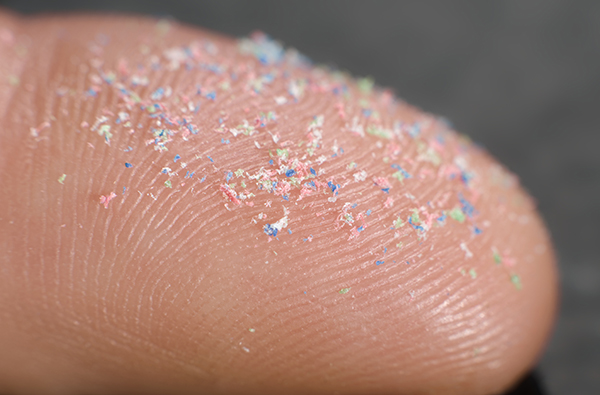New research warns tattoos may increase cancer risk as ink migrates to lymph nodes
05/18/2025 / By Cassie B.

- New research links tattoos to a higher risk of cancer, as ink migrates to lymph nodes, potentially causing chronic inflammation and abnormal cell growth.
- Swedish and Danish studies found tattooed individuals had increased lymphoma and skin cancer risks, with early tattoos and large designs showing the strongest associations.
- Black and colored inks contain harmful chemicals, including carcinogens and toxic metals, with red ink posing additional risks when exposed to sunlight or laser removal.
- Laser tattoo removal may worsen the danger by breaking down ink into more toxic byproducts, tripling lymphoma risk in some cases.
- Experts urge vigilance for skin changes in tattooed areas and call for stricter ink regulations while emphasizing healthy lifestyle choices to mitigate risks.
In an era where self-expression through body art has become mainstream, shocking new research suggests that tattoos may carry a hidden danger: a significantly increased risk of cancer. Recent studies from Sweden and Denmark reveal that tattoo ink doesn’t just stay in the skin; it migrates through the body, accumulating in lymph nodes and potentially triggering chronic inflammation that could lead to lymphoma and skin cancer. With millions of inked individuals worldwide, these findings raise urgent questions about the long-term safety of what many consider harmless self-expression.
The science behind the risk
When tattoo needles deposit ink into the dermis—the skin’s deeper layer—the body’s immune system perceives the foreign particles as a threat. According to Christel Nielsen, lead author of a 2024 Swedish study, “a significant portion of the injected ink is transported away from the skin by the immune system.” This process sends pigment particles to lymph nodes, where they may linger for years, disrupting immune function and potentially fueling abnormal cell growth.
The Swedish study found that 21% of malignant lymphoma patients had tattoos, compared to just 17% of controls. Most alarmingly, those who got their first tattoo within two years of diagnosis faced an 81% higher lymphoma risk. Meanwhile, Danish researchers analyzing twin data discovered that individuals with large tattoos (bigger than palm-sized) had nearly three times the risk of lymphoma and 2.37 times the risk of skin cancer.
Size and color matter
While the Swedish study found no clear link between tattoo size and cancer risk, Danish researchers observed a dose-response relationship. “The bigger the tattoo and the longer it has been there, the more ink accumulates in the lymph nodes,” explained Signe Bedsted Clemmensen, assistant professor at the University of Southern Denmark. Black ink, often containing carcinogenic polycyclic aromatic hydrocarbons, was particularly concerning, with black or grey tattoos associated with a 23-32% higher lymphoma risk.
Colored inks pose their own dangers, as they may contain toxic metals like arsenic, lead, and chromium. Red ink, notorious for allergic reactions, can release harmful compounds when exposed to sunlight or laser removal. “Current regulations on tattoo ink ingredients are not sufficient,” warned dermatologist Dr. Trisha Khanna.
Laser removal may worsen the problem
For those considering tattoo removal, the risks might not end there. The Swedish study found that laser-treated tattoos were associated with triple the lymphoma risk. Laser breakdown of ink chemicals, particularly azo compounds, can release even more toxic byproducts into the body.
How to protect yourself
For already-tattooed individuals, experts emphasize vigilance. Persistent redness, itching, or unusual skin changes within inked areas should prompt immediate dermatological evaluation. “The best thing we can do for our health, tattoos or not, is to maintain a healthy lifestyle,” Nielsen advised, endorsing plant-rich diets linked to lower cancer rates.
As tattoo culture thrives, these studies underscore the need for greater transparency about ink ingredients and long-term health impacts. While personal choice remains paramount, informed consent requires acknowledging emerging risks—something the body art industry and regulators can no longer ignore.
For now, people considering getting a tattoo need to know that permanent ink may come with permanent consequences. As researchers continue investigating, consumers deserve full disclosure about what’s really under their skin.
Sources for this article include:
Submit a correction >>
Tagged Under:
anticancer, health science, laser removal, lymphoma, melanoma, skin cancer, skin health, tattoo ink, tattoo removal, tattoos
This article may contain statements that reflect the opinion of the author
RECENT NEWS & ARTICLES
COPYRIGHT © 2017 CANCER SOLUTIONS NEWS



















